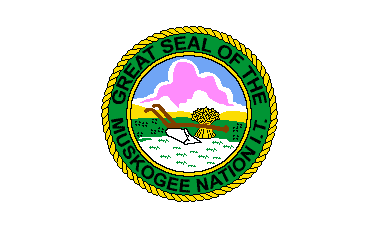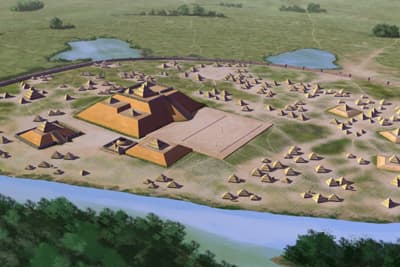- Published on
What is Mvskokvlke
- Authors

- Name
- Michael H
We refer to ourselves as Este Mvskokvlke, which basically translates “Muscogee people”. Estvlke is a shortened version of the two words Este and Mvskokvlke, which translates, “our people”.
The Mvskoke (Muscogee) Nation was formed on August 7, 1856. My decedents, from my grandmother’s side, include my great-grandmother, who was “half quantum”. I remember hearing stories as a child growing up that I did not really find all that interesting, however, as I got older I started to become more interested in my Native American heritage. Since that time, I have become more and more involved in my ancestry and continue to learn more every year. This blog is dedicated to that effort.
The Muscogee Nation, or Muscogee (Creek) Nation, is a federally recognized Native American tribe based in the U.S. state of Oklahoma. Historically, we were often referred to by European Americans as one of the Five Civilized Tribes of the American Southeast.
Flag of the Muskogee Nation

The term Five Civilized Tribes was applied by European Americans in the colonial and early federal period in the history of the United States to the five major Native American nations in the Southeast:
Cherokee, Chickasaw, Choctaw, Creek (Muscogee), and Seminole.
Americans of European descent classified our tribes as “civilized” because we had adopted attributes of the Anglo-American culture. The term “Five Civilized Tribes” is criticized by scholars for its ethnocentric assumptions by Anglo-Americans of what is considered to be civilized, however, representatives of these tribes continue to meet regularly on a quarterly basis in their Inter-Tribal Council of the Five Civilized Tribes. The descendants of these tribes, who primarily live in what is now Oklahoma, are sometimes referred to as the Five Tribes of Oklahoma.
Mississippian Culture

With matrilineal kinship systems where property and hereditary positions were passed through the mother’s side of the family, The Five Tribes were more egalitarian and decentralized than the Mississippian cultures, however The Five Tribes coalesced historically in an area that had been strongly influenced by the Mississippian culture. Based on the development of surplus foods from cultivation, Mississippian towns had dense populations, and they developed artisan classes, and hereditary religious and political elites. The Mississippian culture flourished in what is now the Midwestern, Eastern, and Southeastern United States from 800 to 1500. Agriculture was the primary economic pursuit. The bulk of the tribes lived in towns (some covering hundreds of acres and populated with thousands of people). They were known for building large, complex earthwork mounds. These communities regulated their space with planned streets, subdivided into residential and public areas. Their system of government was hereditary. Chiefdoms were of varying size and complexity, with high levels of military organization.
